About Us
On this page we want to become a little closer to you and show that our company is not faceless, but open to its customers
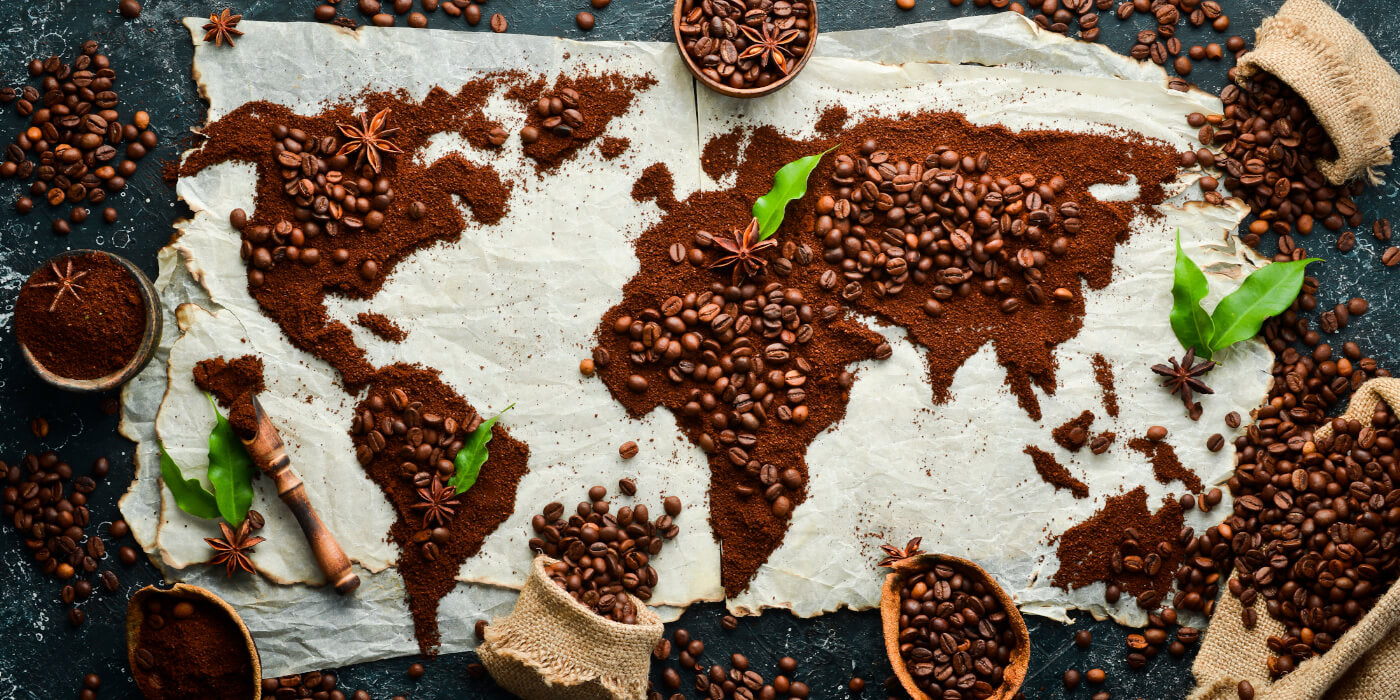
We are a group of like-minded individuals who cherish coffee as a drink. We admire the idea of getting a cup of our favorite drink in just a minute by simply inserting a capsule into a coffee machine. We consider Eric Favre a genius who was able to introduce the possibility of having coffee in such a short preparation time into everyone's life.
We cannot say that we like all the ways and solutions of the Nespresso® company, which promoted the idea of receiving a high-quality drink in a new format, but we respect them on the path of developing capsule coffee.

The taste of our coffee comes from three continents: South America, Africa, and Asia. In the new era of globalization, everyone has the opportunity to travel and experience the pleasures of different countries, including the taste of coffee from a distant continent. Unfortunately, not everyone can take advantage of this opportunity due to money, lack of time, family, possible dangers, and perhaps even a habit of living in one place ;)
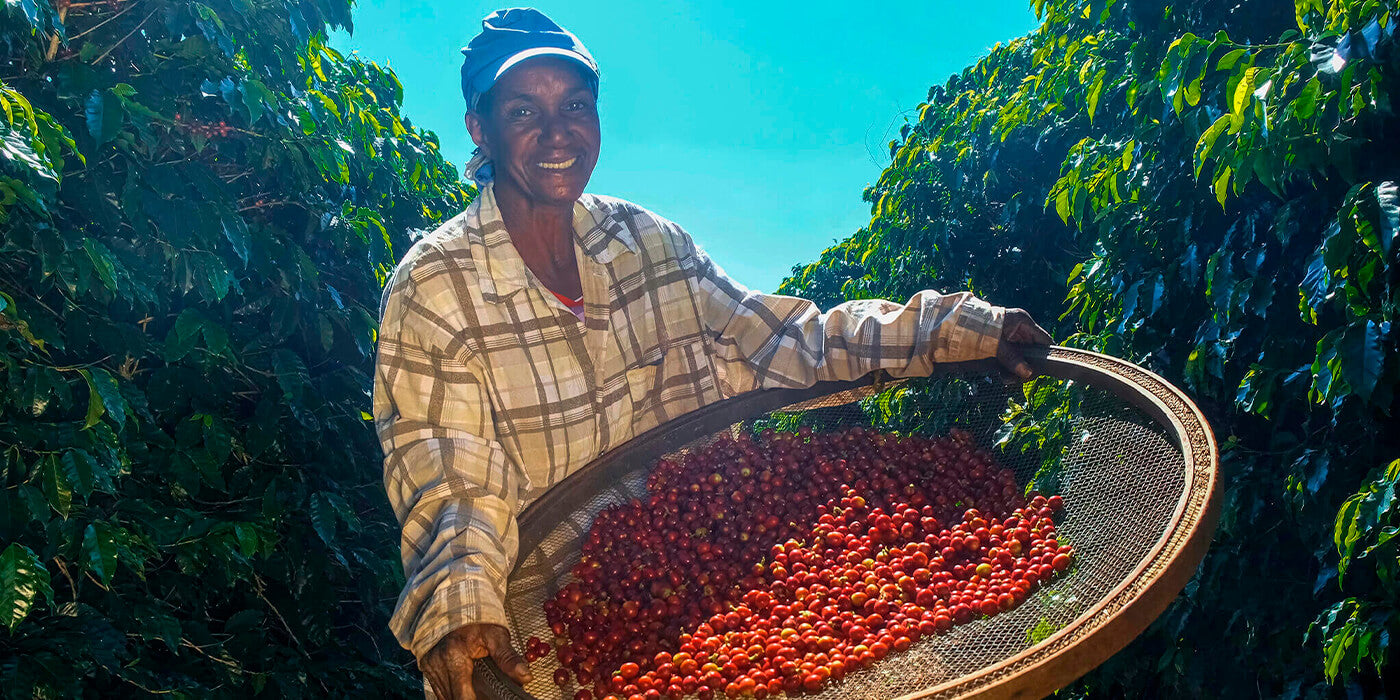
Our goal is to send all coffee lovers on a journey through three continents, giving a part of each country in a cup of Boseco coffee.
So, after trying coffee from Congo, located in the central part of Africa and home to many varieties of coffee, you will find yourself under the scorching African sun on the heights of the African continent. Coffee pods offered by Boseco are made from Congolese Arabica beans - with its bright acidity and fruity taste.
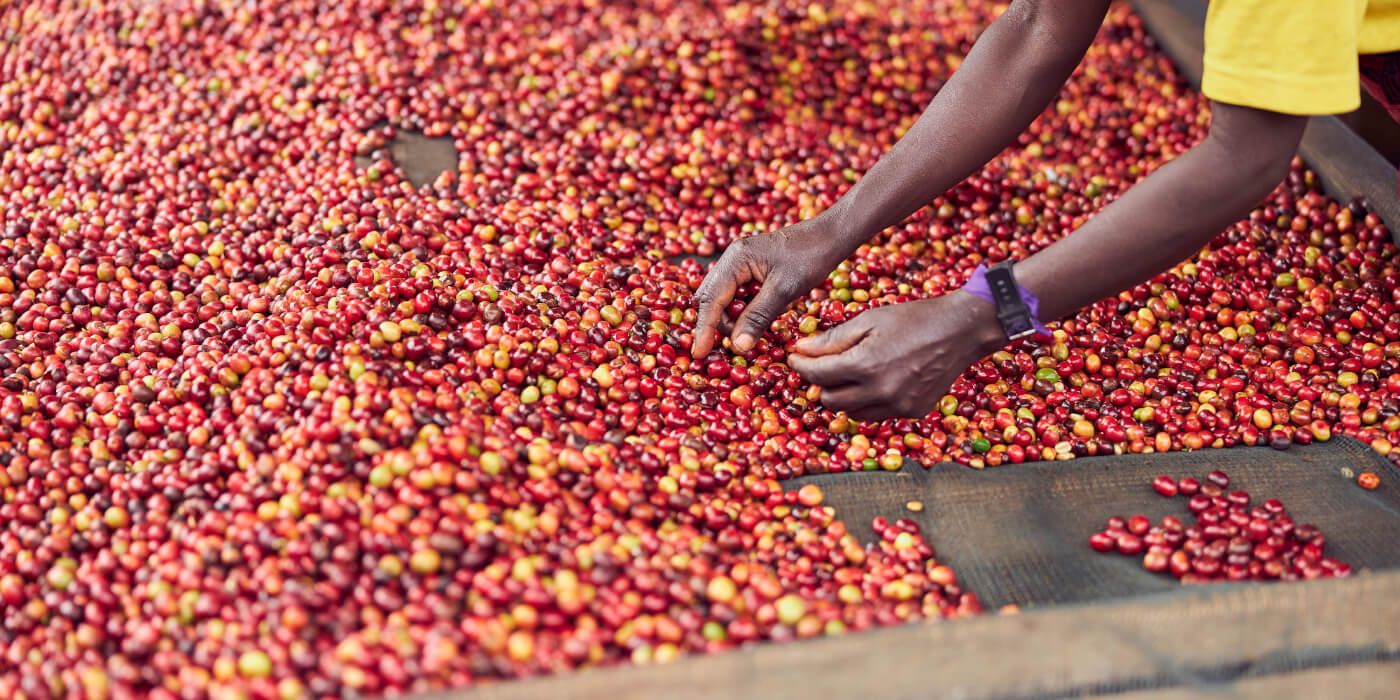
Not far from the African continent, we bring you the taste of Ethiopia - the pearl of the African continent. Firstly, Ethiopia is the birthplace of coffee. Secondly, a huge variety of Arabica grows here. Ethiopian coffee is sweeter, fruitier, and more floral than Congolese coffee. When the coffee is fresh, it has a pleasant fermentation taste - as if it were slightly alcoholic and fermented. This is a good option for espresso because dry processing preserves more sweetness in the bean, which is passed on to the drink. Washed "Ethiopia" has lime acidity, bergamot, and jasmine notes. It is a tasty, pleasant coffee with a sweet aftertaste, a very good coffee in one word!
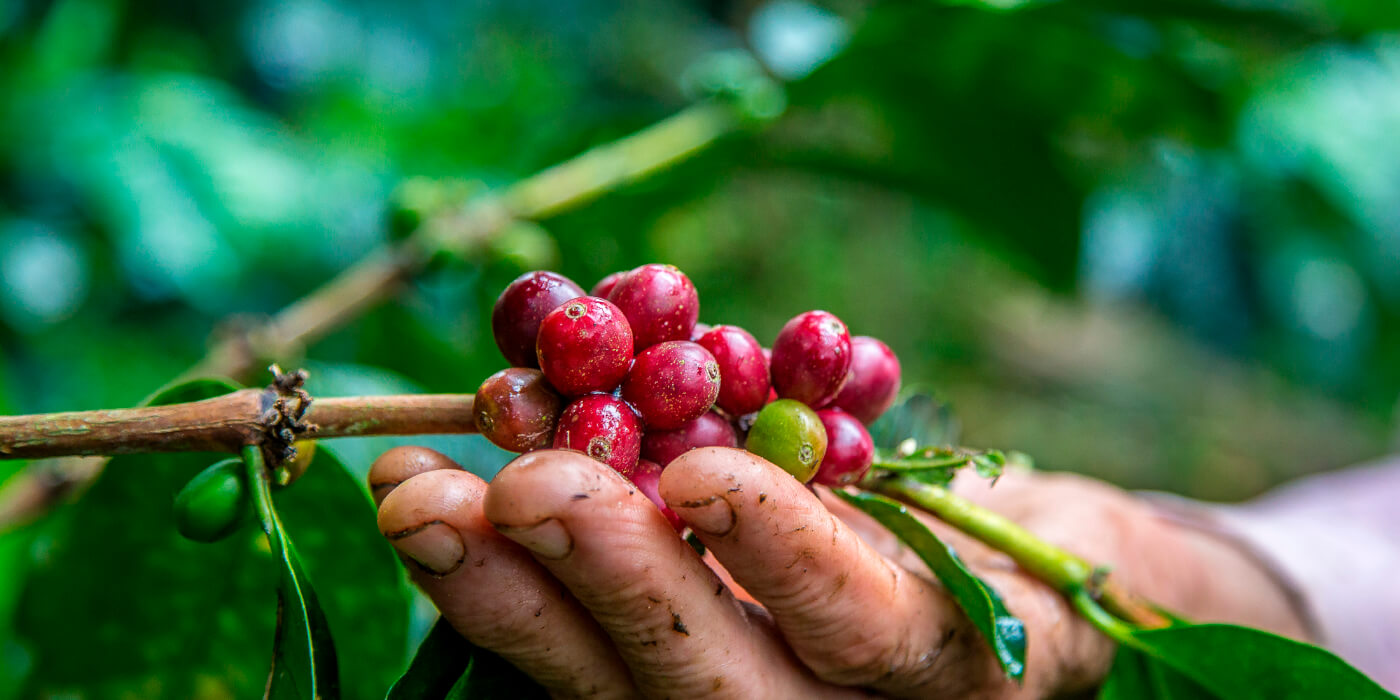
Now let's turn to South America, coffee from Colombia. Colombia is not the most popular Latin American country to visit, for many it is firmly associated with emeralds and drugs. Gourmets, however, know that some of the best coffee varieties are grown in Colombia, and the climate of this country is ideally suited for its cultivation. Colombia is the largest producer of washed Arabica in the world. The most acidic coffee in its region. Moreover, coffee from the north is less acidic, coffee from the south is more. However, the acidity is not as pronounced as in Africa, it is lemony, but very bright. "Colombia" is a typical representative of milds, a coffee that retains its charming softness even with dark roasting.

Another bright representative of South America is Brazil. For the last 150 years, Brazil has remained the world's largest exporter of coffee. Brazilian coffee accounts for about 33% of the world market. Everyone who is reading these lines has a high probability of having already tried Brazilian coffee in one form or another, perhaps without even realizing it. Brazilian coffee has an amazing soft nutty taste with a light, barely perceptible acidity and a bitter-sweet chocolate flavor. It is often used to create various coffee blends, as well as for making coffee-based drinks. One important feature of Brazilian coffee is that it is ideal for creating coffee blends. And not only do we use it ;)
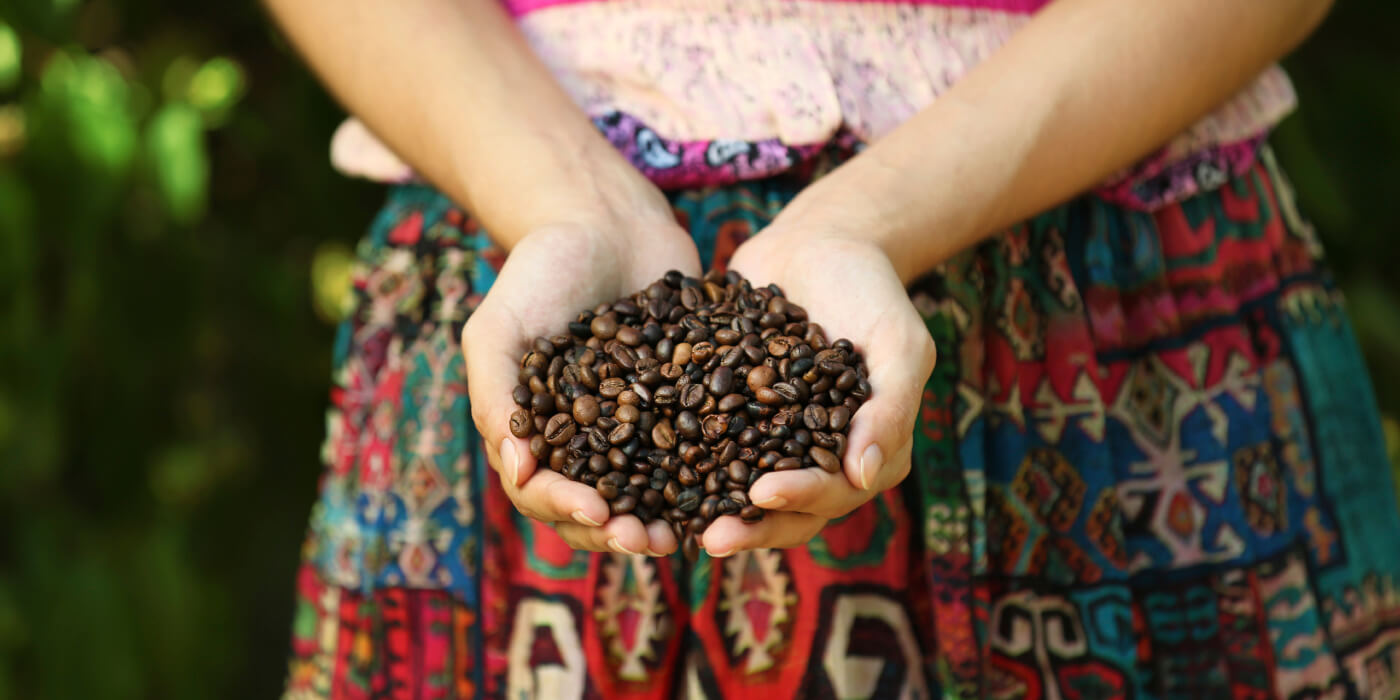
Now it's time for a representative of the Asian continent - India.
India is currently one of the top ten largest coffee-producing countries in the world. It is believed that this drink came to the country around the 18th century, and it was smuggled from Yemen, where exporting beans was forbidden under penalty of death, by one enterprising Indian. This is how Indian coffee came to be. The taste of Indian coffee is unique: it has a deep, spicy flavor with a hint of nuts and chocolate. It is perfect for making various coffee blends and can also be enjoyed on its own.
Coffee beans are exposed to the influence of monsoon rains and winds for three to four months. During this time, the beans swell and also change their taste and aromatic properties. The method of growing coffee in India is almost organic. India has enough hard work, patience, and labor to carry out such labor-intensive operations as manual weeding, composting, and regulating the shade regime. As a result of growing coffee trees in the Indian way, a bouquet is obtained that is highly valued by true connoisseurs. As a result of such processing, a drink is obtained that is simultaneously rich and strong, with bright notes of bitter chocolate in the aroma, as well as density with sweet fruity and bread-like flavor notes.
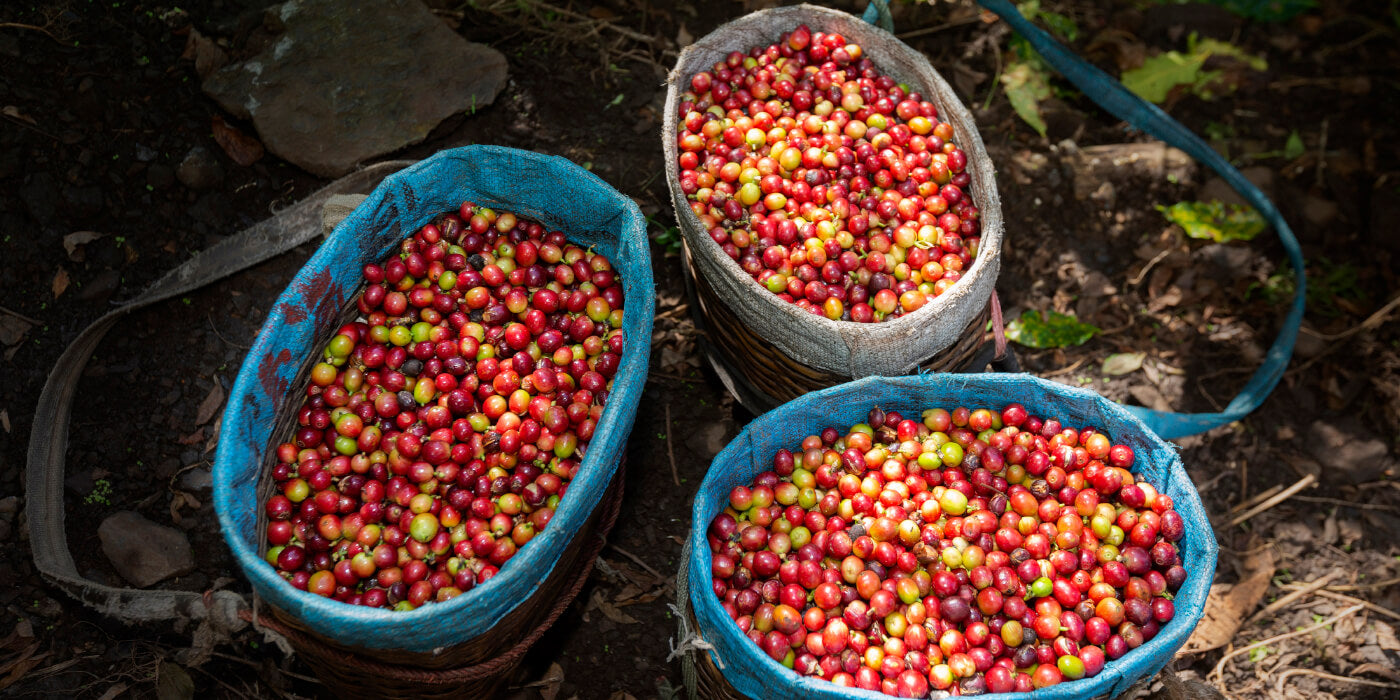
Since not everyone can travel to three continents and immerse themselves in the atmosphere of these countries' coffee cultures, we have taken on the task of bringing the taste of distant lands to people through coffee. And since we are advocates of not only quality coffee but also a quick process of its preparation, each gram of coffee is hidden in a convenient and safe package - a Nespresso-format coffee capsule.
As is well known, the sad reality of modern coffee capsules is that a huge part of them cannot be recycled and processed, although many consumers believe otherwise. This effect is due to their complex construction, which makes it extremely difficult to process them accurately - most such capsules are made of a mixture of polymers and aluminum.
Since we are not satisfied with this state of affairs, namely the harm to the environment, we have been looking for a way out for a long time. The product must consist of resources that do not have a negative impact on the environment, so that it can be called sustainable and environmentally acceptable. The list of the most preferable options at the moment would be incomplete without compostable paper and plant-based ingredients.

Taking into account our experience working with coffee beans from different growing locations and compostable coffee capsule technologies, we have created a new product under the brand of BOSECO coffee capsules.
The content of compostable BOSECO coffee capsules does not contain aluminum - it is replaced by a special biodegradable sealing paper.
The main attention is paid to renewable raw materials. In the production of BOSECO coffee capsules, vegan, GMO-free, and gluten-free treats are obtained thanks to the preference given to plant fibers, glucose, and other biologically degradable additives.
If you don't want to compromise the quality of your coffee and its environmental impact from A to Z, your preferences should be simple and align with our vision.
Join us, try our coffee blends or original products grown on one of three continents! Step into the future with us with a cup of delicious coffee!
